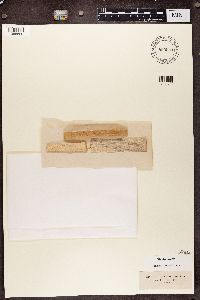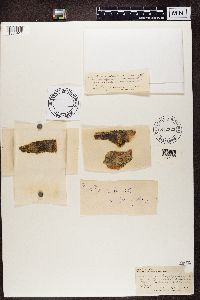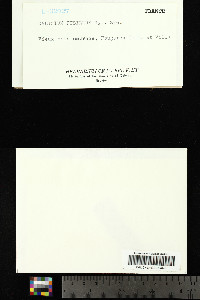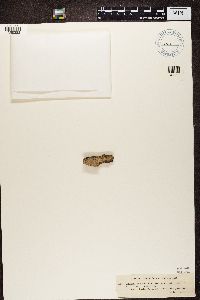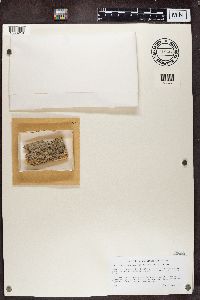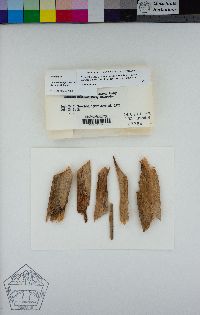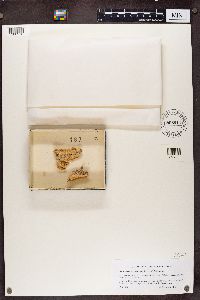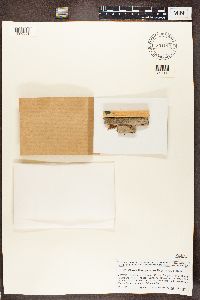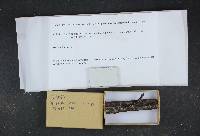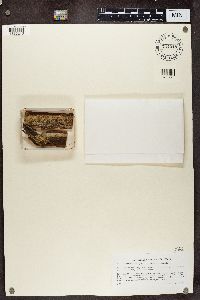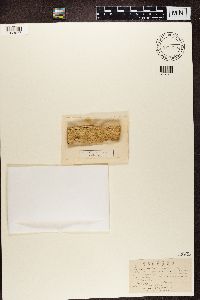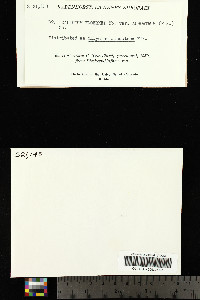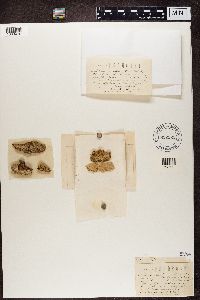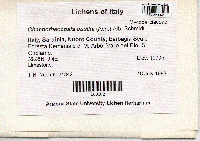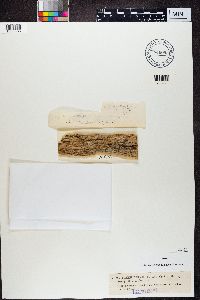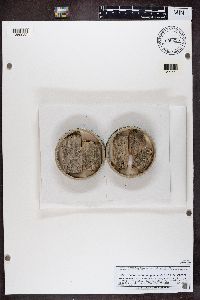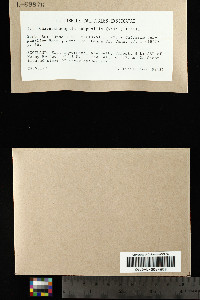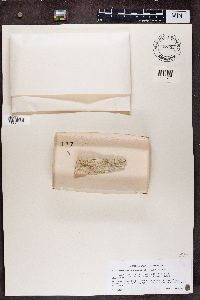Chaenothecopsis pusilla
|
|
|
|
Family: Mycocaliciaceae
[Calicium asikkalense Vain., moreCalicium floerkei Zahlbr., Calicium floerkei f. botryocarpum (B. de Lesd.) Zahlbr., Calicium floerkei f. floerkei Zahlbr., Calicium floerkei var. alboatrum (Flörke) Zahlbr., Calicium floerkei var. floerkei Zahlbr., Calicium floerkei var. parasitaster (Bagl. & Carestia) Zahlbr., Calicium floerkei var. polycephalum Timkó & Szatala, Calicium floerkei var. subtile (Hepp) Zahlbr., Calicium floerkei var. triste (Körb.) Zahlbr., Calicium pusillum Flörke, Calicium pusillum f. botryocarpum B. de Lesd., Calicium pusillum f. pusillum Röhl., Calicium pusillum var. alboatrum (Flörke) Rehm, Calicium pusillum var. parasitaster Bagl. & Carestia, Calicium pusillum var. pusillum Röhl., Calicium pusillum var. subtile Hepp, Calicium pusillum var. supparietinum Nyl., Calicium subpusillum Vain., Calicium subpusillum f. subpusillum Vain., Calicium subpusillum f. unicellulare Roms, Chaenothecopsis subpusilla (Vain.) Tibell, Cyphelium pusillum A. Massal., Mycocalicium pusillum (A. Massal.) Räsänen] |
Nash, T.H., Ryan, B.D., Gries, C., Bungartz, F., (eds.) 2004. Lichen Flora of the Greater Sonoran Desert Region. Vol 2. Thallus: growing on colonies of the Chlorococcales or associated with lichens, possibly at times saprobic Apothecia: 0.6-1 mm high, epruinose stalk: sometimes branching, often pale green, brown or gray in the lower part becoming darker, to brownish black in upper part, 0.04-0.08 mm in diam., consisting of irregularly interwoven hyphae (in section: pale in inner part and greenish to brown at the surface; in K: the stalk swells strongly) outer part: consisting of periclinally arranged, sclerotized hyphae; inner part: hyaline, in the upper part consisting of largely periclinally arranged hyphae whereas in the lower part the hyphae are irregularly intertwined capitulum: lenticular, 0.15-0.28 mm in diam. exciple: black, shiny, epruinose, 8-14 µm thick, consisting of 3-4 layers of largely periclinally arranged, irregularly interwoven hyphae, hyaline inside, pale green to brown toward outside; epithecium: thin, greenish brown to brown; hypothecium: 85-110 µm high, hyaline or pale green to pale brown asci: cylindrical, 36-45 x 2.53 µm, with apex strongly thickened and penetrated by a fine canal, with uniseriate spores ascospores: ellipsoid to elongate-ellipsoid, medium brown, (0-)1-septate (septum: thin, much paler than outer wall), 5-7 x 2-2.5 µm; surface: +smooth Spot tests: all parts of apothecium K- or slightly intensified Secondary metabolites: none detected in TLC; apothecia with varying amounts of green and brown pigments. Substrate and ecology: saprobic or parasitic on free-living algae or on lichens (often occurring in mosaics with several other calicioid species and then possibly parasitic on Calicium species) on old lignum of a variety of trees (especially conifers, but also Salix, Populus, and Acer) and more rarely on bark, in cold-temperate wet forests and in slightly drier and warmer areas World distribution: widely distributed in the boreal and temperate zones in Europe and North America and also in Central America and New Zealand Sonoran distribution: southern California. Notes: Chaenothecopsis pusilla is characterized by its 1septate, smooth spores, the thin and poorly pigmented septum, the frequently pale color of the lower part of the stalk, and the negative reactions with K and N. This is probably a complex of species, that has not yet been resolved. The color of the stalk is quite variable, from black to almost hyaline, in section pale to aeruginose to dark brown. |





